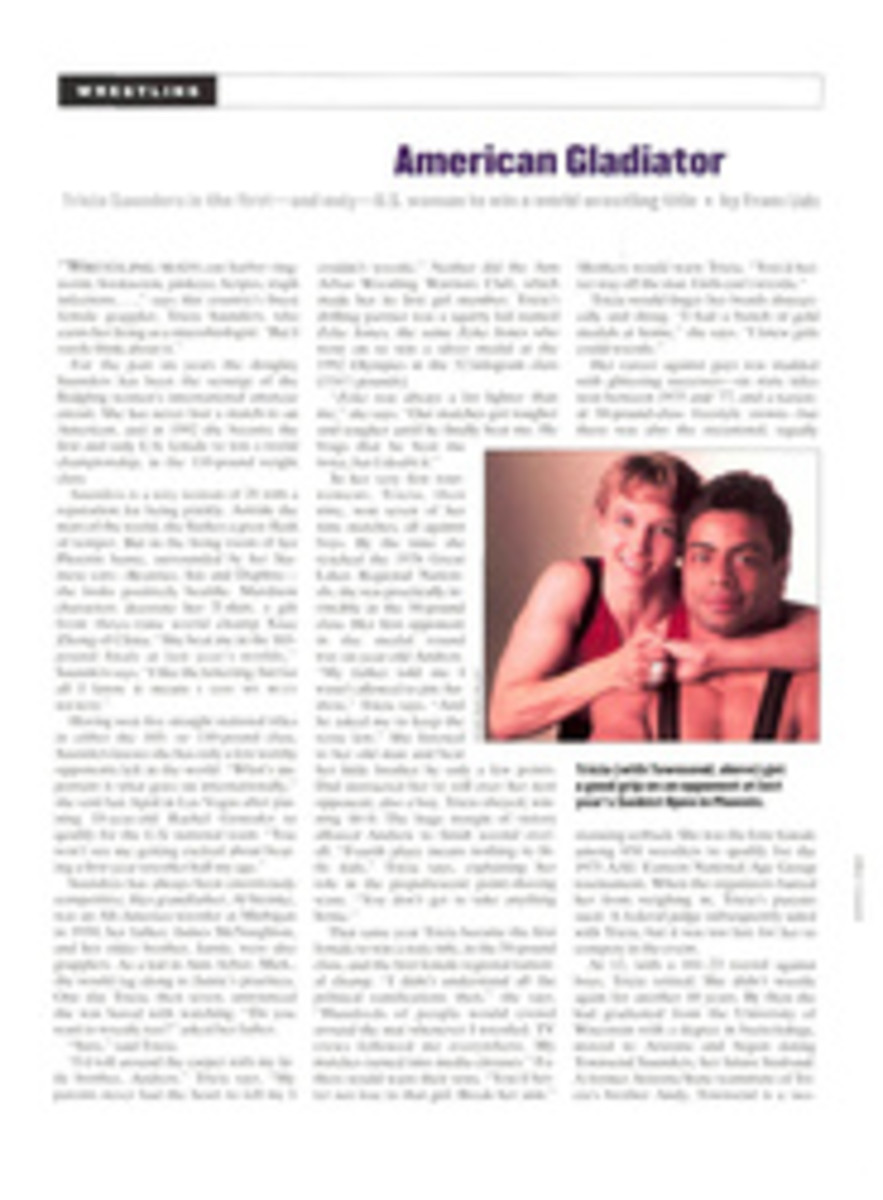
Tee Ceremony
The other monks told Seiko Omi not to do it. Even his wife, Mieko, told him the idea was too eccentric. But Omi was determined; his mind had been consumed by the vision for nearly four years. So when in October 1990 he was elevated to daiosho, or great monk, at Zenshoji, a 430-year-old Zen temple in Annaka, Japan, Omi finally carried out his dream of creating one of the world's most unusual religious icons: the golf Kannon.
Omi says that the statue was not meant to be a gimmick. Nor was it meant only for golfers. But if you climb the white gravel road to the temple at the base of Zuirin Mountain, you will sec day-trippers from Takasaki and weekenders from Tokyo praying, meditating and offering Top-Flites, Titleists and thousand-yen notes to the gray stone image of the Buddhist goddess of mercy, Kannon. In her right hand the Enlightened One holds a putter; in her left, a golf ball. Behind the statue, instead of the traditional fan of lotus blossoms, are 13 drivers. And above these, in Japanese, are the words HOLE IN ONE.
The worshipers aren't aspiring to a higher plane of consciousness. They are here seeking to lower their scores on the links. Omi, 56, whose family has produced monks for 20 generations, has no doubt that Buddhism can help them.
"Practicing Buddhist meditation teaches you to calm down and increase your powers of concentration," he says. "The power to concentrate is good for everything, especially golf."
There are few sleepier places in Japan than Annaka, a community of 40,000 in Gumma prefecture, about three hours northwest of Tokyo. The local people are mostly farmers, struggling to squeeze out a living from their rice paddies and wheat fields. Golf courses, however, have put Annaka on the map. Players come from faraway prefectures to tee up at four courses that are within a 10-minute drive of Zenshoji.
The farmers knew a greener fairway when they saw it. A number left their paddies and fields and took up caddying, clubhouse work and course maintenance. Their new occupations, however, were not without certain risks. "There were some accidents," Omi says. "People working on the courses were getting hit with golf balls, some in the head."
The problem preyed on Omi's mind. During a meditation, inspiration came. He would design a Kannon specifically to protect devotees. Omi chose 14 Buddhist precepts he believed would help golfers. After all, the straighter they shoot, the less likely they are to conk someone. The precepts are the eightfold noble path of Buddhism—right view, right thought, right speech, right behavior, right livelihood, right effort, right mindfulness and right concentration—and six other tenets: kindness, honesty, optimism, maximum effort, proper posture and breathing, and the pursuit of truth. The putter in the Kannon's hand and the 13 drivers arrayed behind her symbolize these precepts.
Immediately upon his elevation to daiosho, Omi commissioned a local stone cutter to sculpt the Kannon, and it wasn't long before word of the new shrine traveled farther than a John Daly drive. "There has been a tremendous increase in the number of worshipers since it has been here," Omi says. "People come to pray for better scores and holes in one." He estimates that at least 3,000 people have visited the Kannon since its installation.
Omi knows that traditionalists are critical of his creation. But he says he is building a bridge to a new generation: "Young people have been staying away from religion. But with the golf boom in Japan, many young people play, and this has been a good way to move their attention toward Buddhism."
Omi has also become more attuned to the frustrations and failings of his newfound flock. "To be a good golfer you need a peaceful mind," he says. "Usually when they practice, most golfers observe the precepts wonderfully. But when they play in a tournament or competition, they forget the peaceful mind they normally have."
Omi knows something about the inner turmoil of golfers. He's a 36 handicap. But what happens when this Buddhist monk butchers an approach shot? Does he chuck his club and curse, or can he maintain a calm and peaceful mind?
He throws back his head and laughs. "I'm trying," he says.
PHOTO
ROBERT HORN
The Enlightened One helps Omi keep calm on the course.

